Top 10 Foods Highest in Threonine
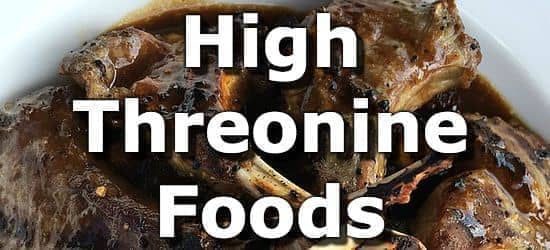
Threonine is an essential amino acid with a wide range of functions throughout the body, including the production of digestive enzymes and mucous in the digestive system. (1)
Threonine is also used in the synthesis of collagen, one of the body’s main structural proteins, as well as being important in the function of the immune system. (2,3)
High threonine foods include lean beef, chicken, pork, tuna, tofu, beans, milk, cheese, green peas, eggs, seeds, and nuts. The reference dietary intake (RDI) of threonine is 15mg per kilogram of body weight or 6.8mg per pound. A person weighing 70kg (~154 pounds) should consume around 1050mg of threonine per day. (4)
Below is a list of the top 10 foods highest in threonine with the %RDI calculated for someone weighing 70kg (154lbs). For more high threonine foods see the extended list of threonine-rich foods.
List of High Threonine Foods
-
 1. Beef (Skirt Steak) + Add
1. Beef (Skirt Steak) + Add
Threonine
per 6oz SteakThreonine
per 100gThreonine
per 200 Calories2712mg
(258% DV)1595mg
(152% DV)1190mg
(113% DV)More Red Meat High in Threonine
- 246% RDI (2586mg) per 6oz of lamb roast
- 165% RDI (1734mg) per 6oz of lean ground beef
- 119% RDI (1247mg) per 3oz of chuck roast
- 103% RDI (1082mg) per 3oz of buffalo steak
-
 2. Lean Chicken & Turkey + Add
2. Lean Chicken & Turkey + Add
Threonine
in a 6oz Chicken BreastThreonine
per 100gThreonine
per 200 Calories2445mg
(233% DV)1438mg
(137% DV)1832mg
(174% DV)More Poultry High in Threonine
- 274% RDI (2874mg) in a whole chicken leg
- 235% RDI (2468mg) per 6oz of ground turkey
- 159% RDI (1664mg) per 6oz of roast turkey breast
- 134% RDI (1404mg) per cup chopped of roast duck
- 107% RDI (1128mg) in a roast chicken drumstick
-
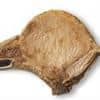 3. Lean Pork Chops + Add
3. Lean Pork Chops + Add
Threonine
in a 6oz ChopThreonine
per 100gThreonine
per 200 Calories2317mg
(221% DV)1363mg
(130% DV)1398mg
(133% DV)More Pork Products High in Threonine
- 220% RDI (2309mg) per 6oz of broiled tenderloin
- 173% RDI (1813mg) per cup of diced roast ham
- 130% RDI (1369mg) per 5oz rack of pork ribs
- 101% RDI 1062mg) per 3oz bratwurst sausage
-
 4. Tuna + Add
4. Tuna + Add
Threonine
in a 6oz FilletThreonine
per 100gThreonine
per 200 Calories2229mg
(212% DV)1311mg
(125% DV)1425mg
(136% DV)More Fish High in Threonine
- 202% RDI (2120mg) per 6oz of salmon
- 187% RDI (1965mg) per 6oz of tilapia
- 187% RDI (1960mg) per 6oz of snapper
- 157% RDI (1654mg) per 6oz mahimahi fillet
- 153% RDI (1608mg) per cup of canned sardines
-
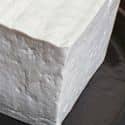 5. Firm Tofu + Add
5. Firm Tofu + Add
Threonine
per CupThreonine
per 100gThreonine
per 200 Calories1978mg
(188% DV)785mg
(75% DV)1090mg
(104% DV)More Soy Foods High in Threonine
- 68% RDI (715mg) per 1/2 cup of natto
- 50% RDI (524mg) per 16oz glass of soymilk
- 34% RDI (253mg) per cup of soybean sprouts
-
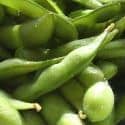 6. Boiled Soybeans (Edamame) + Add
6. Boiled Soybeans (Edamame) + Add
Threonine
per CupThreonine
per 100gThreonine
per 200 Calories1244mg
(118% DV)723mg
(69% DV)841mg
(80% DV)More Cooked Legumes High in Threonine
- 69% RDI (726mg) per cup of navy beans
- 67% RDI (706mg) per cup of kidney beans
- 61% RDI (642mg) per cup of black beans
- 61% RDI (640mg) per cup of lentils
- 59% RDI (621mg) per cup of norther beans
-
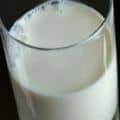 7. Milk + Add
7. Milk + Add
Threonine
per 16oz GlassThreonine
per 100gThreonine
per 200 Calories706mg
(67% DV)144mg
(14% DV)847mg
(81% DV)More Dairy Products High in Threonine
- 62% RDI (649mg) per cup of ricotta
- 55% RDI (649mg) per cup of non-fat yogurt
- 36% RDI (374mg) per oz of grated parmesan
- 28% RDI (296mg) per oz of cheddar
- 27% RDI (279mg) per oz of mozzarella
-
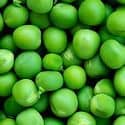 8. Green Peas + Add
8. Green Peas + Add
Threonine
per Cup CookedThreonine
per 100gThreonine
per 200 Calories322mg
(31% DV)201mg
(19% DV)479mg
(46% DV)More Vegetables High in Threonine
- 24% RDI (250mg) per cup of sweet potatoes
- 23% RDI (245mg) per cup of cooked carrots
- 22% RDI (229mg) per cup of cooked spinach
- 18% RDI (187mg) per cup of cooked corn
- 16% RDI (170mg) per cup of cooked kale
-
 9. Eggs + Add
9. Eggs + Add
Threonine
in 1 Large EggThreonine
per 100gThreonine
per 200 Calories302mg
(29% DV)604mg
(58% DV)779mg
(74% DV) -
10. Squash and Pumpkin Seeds + Add
Threonine
per 1oz HandfulThreonine
per 100gThreonine
per 200 Calories283mg
(27% DV)998mg
(95% DV)357mg
(34% DV)More Nuts and Seeds High in Threonine
- 34% RDI (360mg) per oz of hemp seeds
- 22% RDI (230mg) per oz of peanuts
- 21% RDI (224mg) per oz of sunflower seeds
- 21% RDI (218mg) per oz of flax seeds
- 19% RDI (201mg) per oz of chia seeds
Printable One Page Sheet
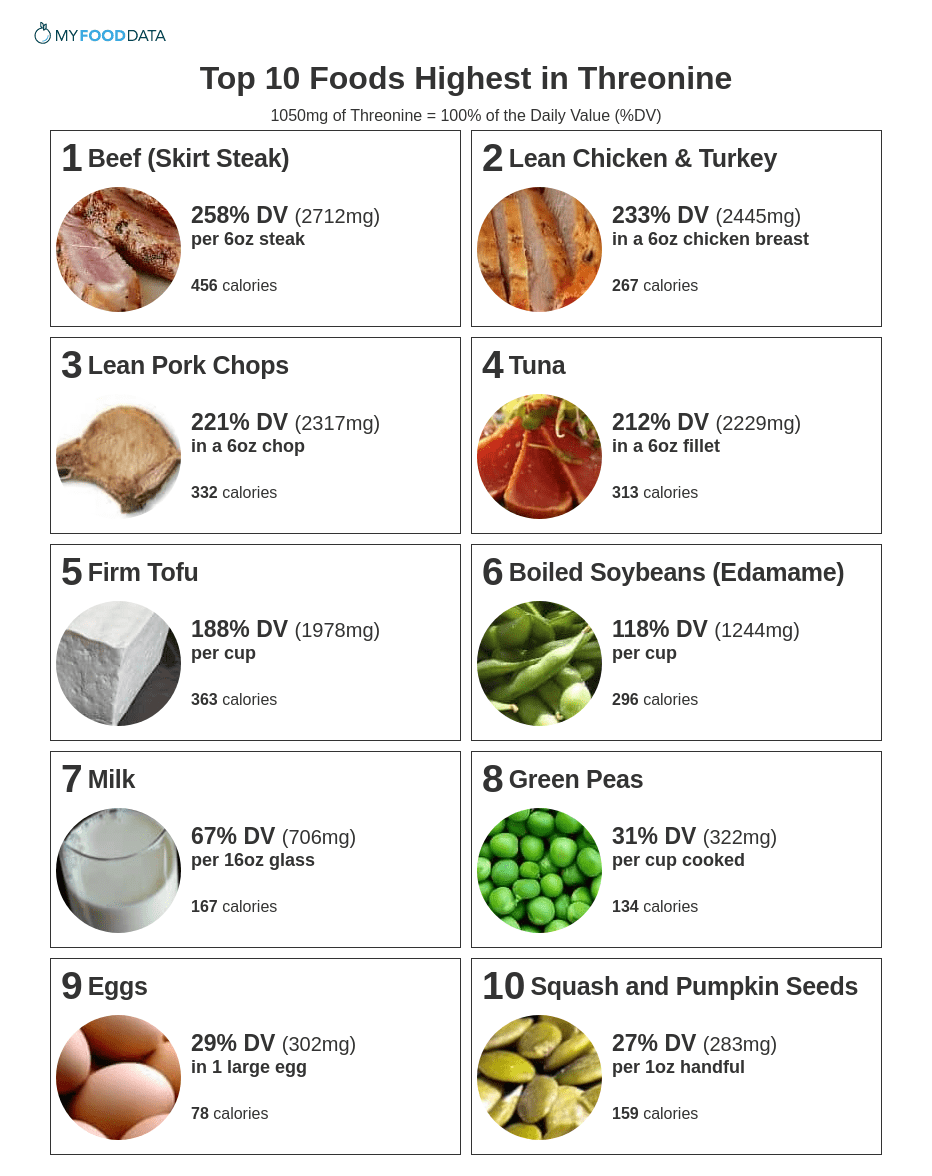
Extended list of Threonine Rich Foods
| Food | Serving | Threonine |
|---|---|---|
| 1. Octopus + | per 3oz | 104% DV (1091mg) |
| 2. King Crab + | per leg | 100% DV (1049mg) |
| 3. Canned Clams + | per 3oz | 94% DV (983mg) |
| 4. Lobster + | per 3oz | 86% DV (905mg) |
| 5. Teff + | per cup cooked | 36% DV (375mg) |
| 6. Kamut + | per cup cooked | 28% DV (296mg) |
| 7. Quinoa + | per cup cooked | 23% DV (242mg) |
| 8. Oatmeal + | per cup cooked | 21% DV (225mg) |
| 9. Mamey Sapote + | per cup (pieces) | 14% DV (149mg) |
| 10. Avocados + | per avocado | 14% DV (147mg) |
From the Nutrient Ranking Tool
Use the ranking tool links below to select foods and create your own food list to share or print.
- Foods High in Threonine
- Foods Low in Threonine
- Vegetables High in Threonine
- Fruits High in Threonine
- Vegetarian Foods High in Threonine
- Nuts High in Threonine
- Grains High in Threonine
- Beans High in Threonine
- Dairy High in Threonine
- Breakfast Cereals High in Threonine
- Fast Foods High in Threonine
View more nutrients with the nutrient ranking tool, or see ratios with the nutrient ratio tool.
Related
Data Sources and References
- Duangnumsawang Y, Zentek J, Goodarzi Boroojeni F. Specific roles of threonine in intestinal mucosal integrity and barrier function Front Immunol. 2021 Oct 4;12:745849. doi: 10.3389/fimmu.2021.745849. eCollection 2021. 34671361
- Lu ZY, Jiang WD, Wu P, Liu Y, Ren HM, Jin XW, Kuang SY, Li SW, Tang L, Zhang L, Mi HF, Zhou XQ, Feng L. Dietary threonine improves muscle nutritional value and muscle hardness associated with collagen synthesis in grass carp (Ctenopharyngodon idella) J Sci Food Agric. 2023 Feb;103(3):1172-1182. doi: 10.1002/jsfa.12211. Epub 2022 Sep 30. 36085562
- Yamauchi T, Moroishi T. The coordination of T-cell function by serine/threonine kinases Cells. 2019 Apr 30;8(5):398. doi: 10.3390/cells8050398. 31052239
- World Health Organization - Protein and Amino Acid Requirements In Human Nutrition
Simplify Nutrition Tracking with MyFoodData!
Speedy Tools and Detailed Data FREEEasily analyze your meals to find the best foods for your goals.
✅ Use our recipe nutrition calculator and nutrition comparison tool.
✅ Access expert nutrition data tools and in-depth articles.
✅ Log foods and organize your recipes with a free account.


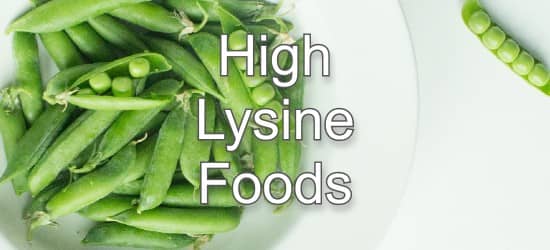 Next ➞
Next ➞
